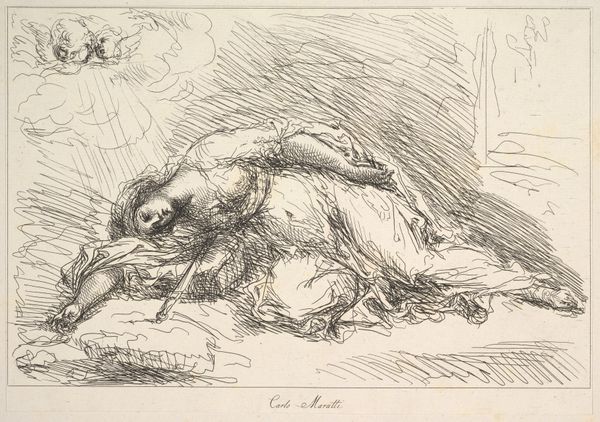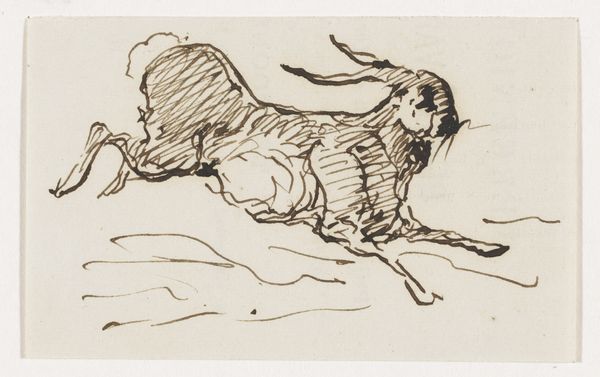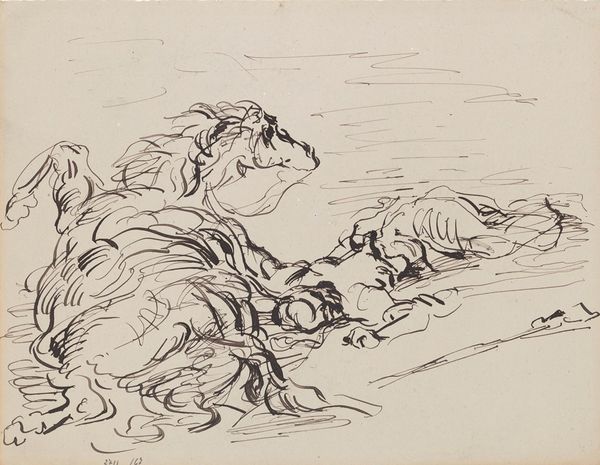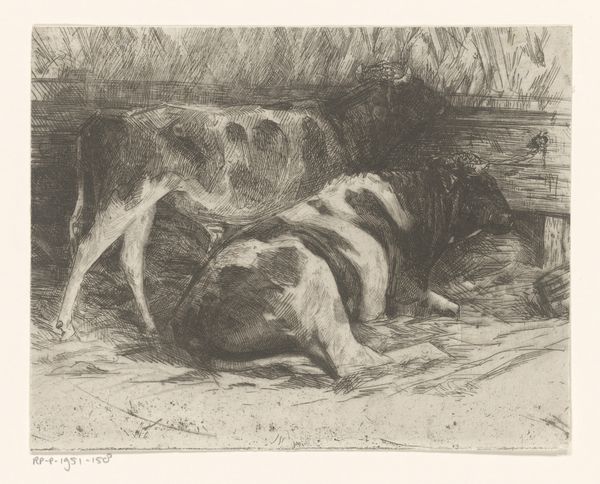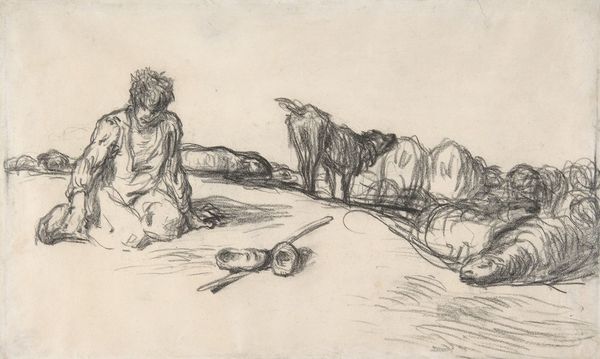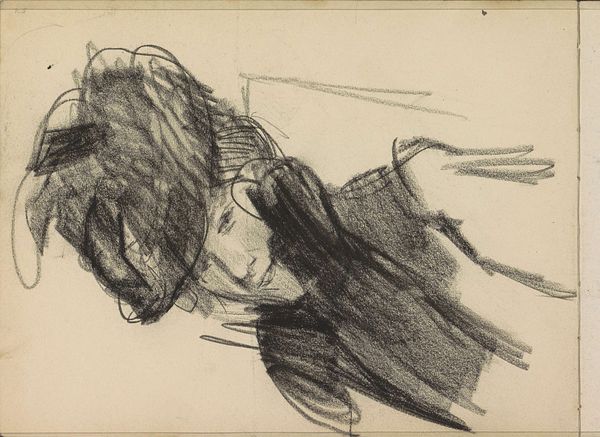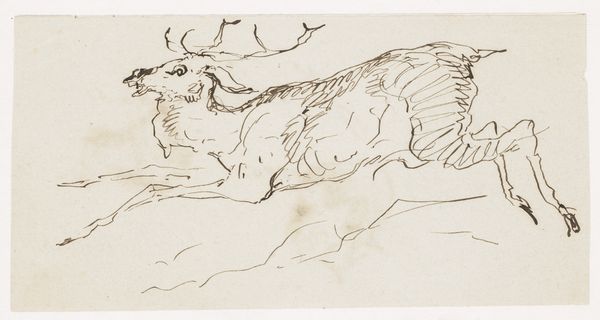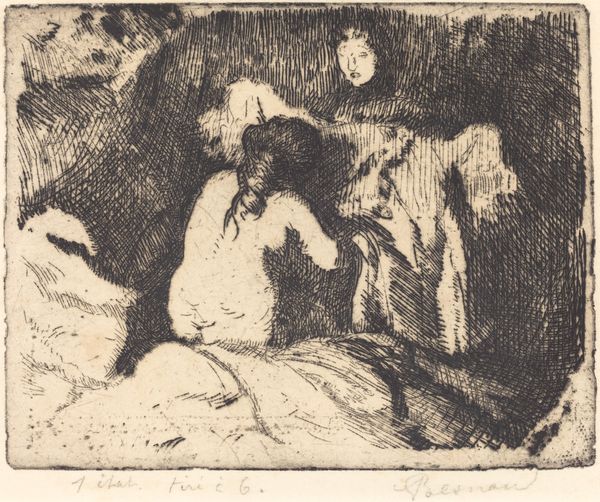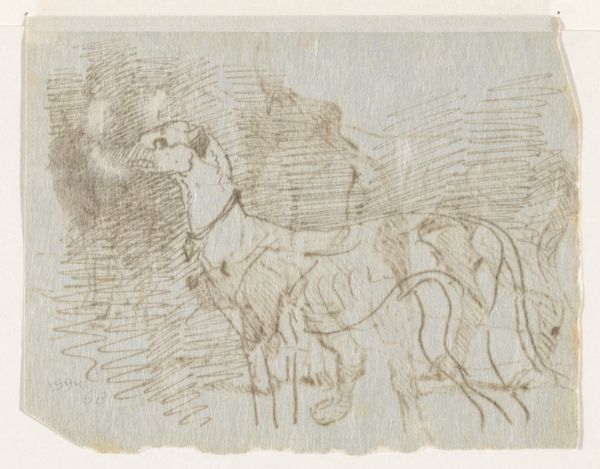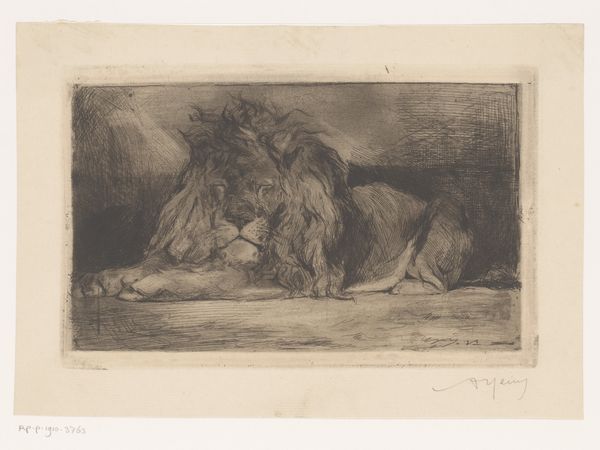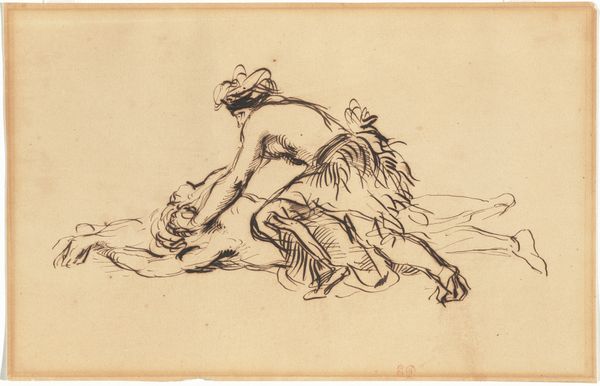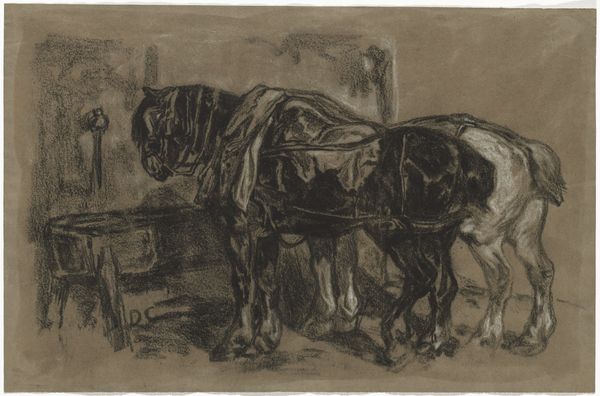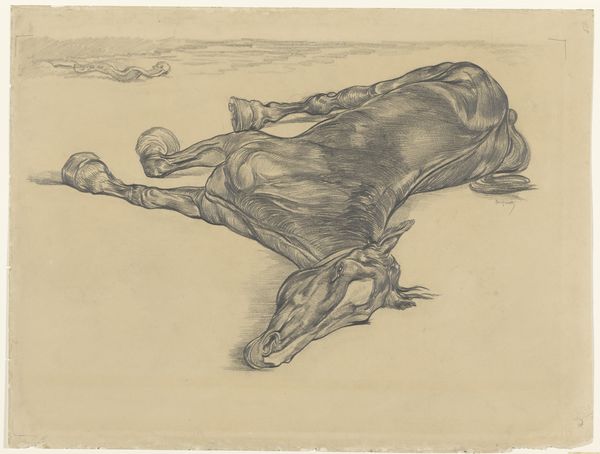
drawing, print, etching, ink
#
drawing
#
ink drawing
#
narrative-art
# print
#
etching
#
ink
#
academic-art
Copyright: National Gallery of Art: CC0 1.0
Curator: Here we have Jean-Louis Forain's etching from 1909, "The Good Samaritan". Editor: My immediate reaction is to the intense texture and stark contrast created with the ink. It feels hurried, almost frantic, like a fleeting moment captured. The medium emphasizes the grittiness of the scene. Curator: Indeed. Forain was known for his social commentary, often depicting scenes of Parisian life with a cynical eye. The biblical parable of the Good Samaritan resonated with the social issues of his time. This piece serves as an appeal to public charity within the tumultuous social fabric of the Belle Époque. Editor: So the medium - this etching and ink drawing, rather than a more formal painting style - speaks to its intended audience and accessibility. How does this choice democratize its message? Curator: Printmaking made the image far more reproducible and accessible to a wider audience than an original painting could ever be. This broad circulation encouraged contemplation about charity's public role and stimulated wider societal conversations. Editor: Absolutely. And when we look closer at Forain's lines, there’s an unfinished quality, almost a rawness, especially in rendering the figure. Curator: The roughness underscores the immediacy and urgency of the narrative, highlighting human frailty and suffering. This stylistic choice can be understood as Forain's challenge to academic traditions. Editor: There's definitely a tension there. I wonder how viewers at the time engaged with it? Curator: Forain's work often polarized audiences, especially regarding issues of morality and compassion. Yet he gained considerable public approval through print culture due to print's ability to reach a large cross-section of viewers interested in social reform. Editor: The choice to use ink to quickly draft and disperse multiple prints seems a vital method to address the narrative as well as encourage quickened change to pressing social concerns. The act of reproducing an etching parallels the desire for proliferating good acts. Curator: Very insightful! The choice reflects his vision and, dare I say, his political acuity in harnessing print media for maximal societal impact. Editor: Ultimately, observing Forain’s "Good Samaritan" reveals the synthesis between artistry, craft, medium, and the public conversation ignited as its end product. Curator: A very comprehensive analysis, and one which encourages reflection on the potency of media throughout social causes!
Comments
No comments
Be the first to comment and join the conversation on the ultimate creative platform.
